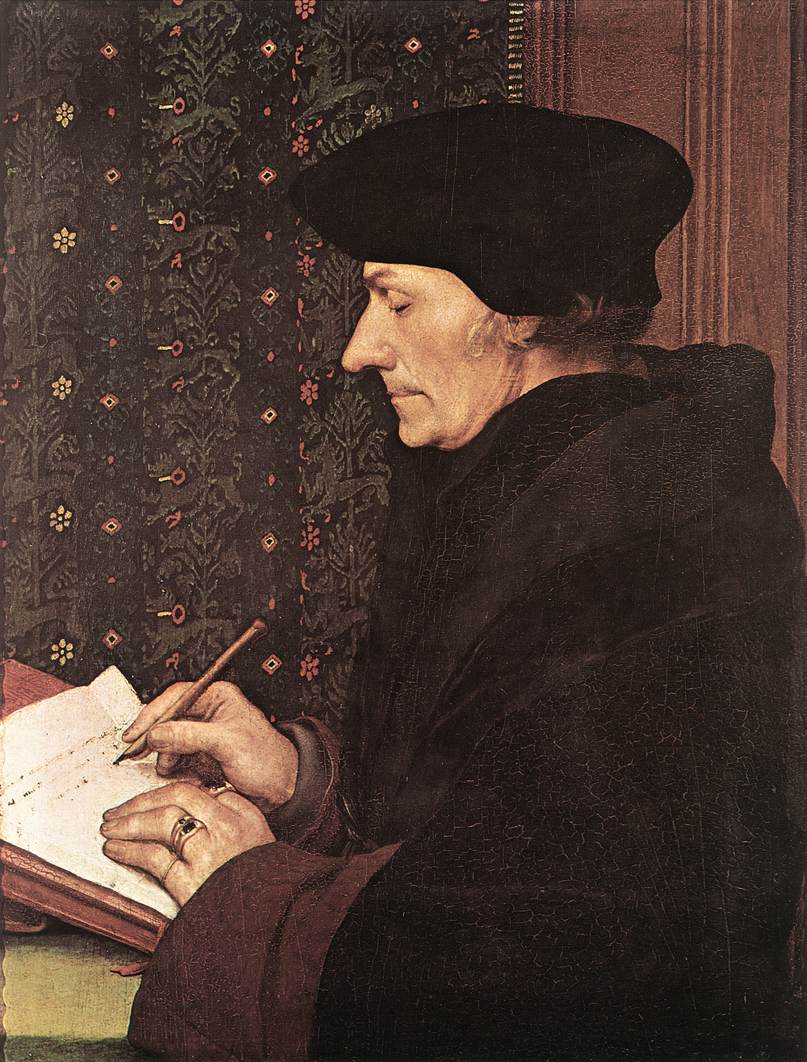Monday, November 1st, 2010
November Issue of the Art History Carnival
Welcome to the November issue of the Art History Carnival! Thanks to everyone who submitted and nominated entries for this issue. I enjoyed reviewing the wide variety of the posts; I would encourage people to keep submitting material, even if their post/nomination was not selected for this issue. Thanks again for letting me host this month, Margaret!
Architecture
Helen Webberly from Art and Architecture, Mainly has done a very interesting post on the Vasari Corridor in Florence: “The Real Ponte Vecchio in Florence.”
Zsombor Jékely from Medieval Hungary writes about “Hungarians in the Crusader Castle of Margat.” This post also would have been appropriate under the “Art” category, since Jékely discusses the Western 12th century frescoes discovered at the castle chapel.
Art
Heather Carroll from The Duchess of Devonshire’s Gossip Guide to the 18th Century discusses the story of a stolen Gainsborough portrait of Georgiana, Duchess of Devonshire: “The Obsession Causing Portrait.”
H Niyazi from Three Pipe Problem suggests a new interpretation for an early Caravaggio painting: “Caravaggio’s ‘Boy Bitten By a Lizard'”
Susan Benford from Famous Paintings Reviewed: An Art History Blog discusses what she finds appealing in the portrait of Juan de Pareja by Velazquez: “Famous Paintings – Juan de Pareja”
Frank DeStefano from Giorgione et al… gives an interesting discussion on the pentimenti (underpainting) in Giorgione’s Tempest: “Tempesta Pentimenti”
Hermes from Pre Raphaelite Art discusses the subject and mythology of the figure Flora in Waterhouse’s art: “John William Waterhouse: Flora”
Theory and Criticism
David Byron from Baroque Potion explores themes of viewer experience and physical immersion in art and architecture, using Western and non-Western examples: “Immersion”
Danielle Hurd from The Canon asks questions regarding the reception and role of criticism in the art world: “Dishing it out (art criticism, that is)…”
Museums and Exhibitions
David Packwood from Art History Today explores the role of connoisseurship in the creation of public exhibitions and museum spaces: “Connoisseurship and the Public Eye”
Paul Doolan at Think Shop writes a fun review of a current exhibition at the Beyeler Foundation Museum: “The Beyeler Exhibition: Vienna 1900 – Gustav Klimt, Egon Schiele and Their Time”
Congratulations to all who were selected for this issue. For next month’s carnival, look for forthcoming information on The Earthly Paradise.






